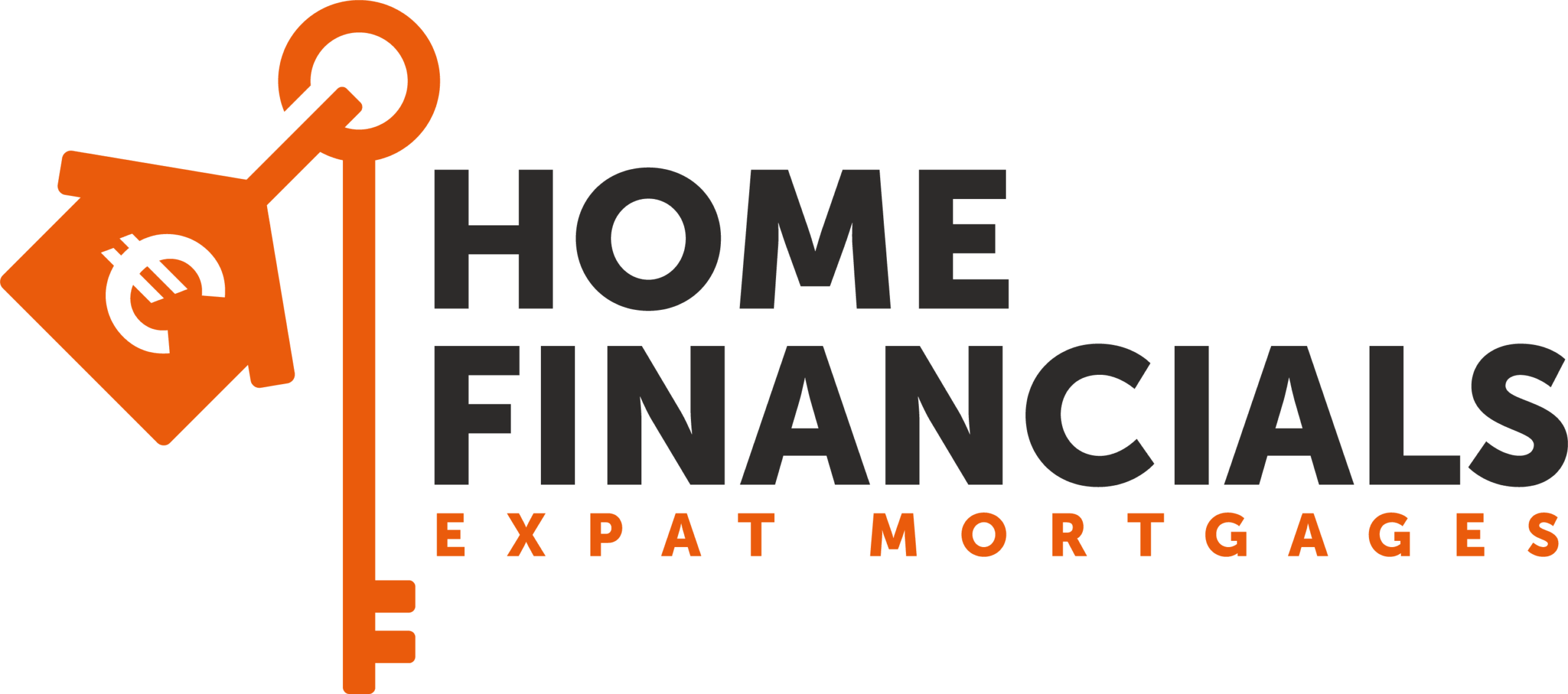
8 Steps to Buying a Home in the Netherlands (for Expats)
Thinking of settling down and buying a home in the Netherlands? Whether you’ve just arrived or have been renting for a while, purchasing a house or apartment as an expat can feel like a big step. But with the right guidance, it’s absolutely possible. These eight steps will help you understand the process from start to finish.
1. Get to Kknow the Dutch housing market
Buying a home in the Netherlands is different from many other countries. From the legal process to financing rules, it’s important to understand how it works here. Whether you’re a first-time buyer or simply new to the Dutch system, a little preparation goes a long way.
2. Define what you want – and what you can afford
Before starting your search, clarify your needs, preferences, and budget. Online mortgage calculators are helpful for rough estimates, but they don’t always reflect your real borrowing power — especially with foreign income or temporary contracts. Home Financials independent mortgage adviser can help determine your borrowing capacity and outline all the extra costs involved in the purchase.
3. Explore neighbourhoods and start your search
Once you know your budget, start exploring the housing market. Use websites like Funda.nl to view properties and set alerts for new listings. Unsure where to look? Research neighbourhoods that suit your lifestyle — from city centres to quieter suburbs — and check transport options using local route planners.
4. Schedule a viewing and make an offer
If you’ve found a property you like, schedule a viewing as soon as possible. When making an offer, always include a “subject to financing” clause. This protects you if your mortgage is not approved, since there is no official pre-approval process in the Netherlands.
5. Sign the preliminary purchase agreement
Once your offer is accepted, both parties sign a preliminary contract (koopakte), prepared by a notary. Buyers receive a three-day cooling-off period, during which they can cancel the agreement without reason. Including a financial clausegives you extra security in case your mortgage application is declined.
A 10% deposit is usually required after signing. If you don’t have that amount in savings, a bank guarantee can be arranged.
6. Apply for a mortgage
You can apply for a mortgage through a bank or independent mortgage adviser. The latter is often helpful for expats, as they compare offers from multiple lenders and understand international income situations.
In the Netherlands, you can borrow up to 100% of the property’s market value. However, closing costs (like transfer tax, notary fees, and valuation fees) are paid separately. The good news? Most mortgage-related costs are tax-deductible.
7. Get a valuation and optional survey
Your mortgage lender will require an independent property valuation (taxatierapport) to confirm the value of the home. This is arranged and paid for by the buyer. If you’re buying an older property, it’s wise to request a structural survey (bouwkundige keuring) to check for hidden defects or future maintenance needs.
8. Sign the deeds and get the keys
Once your mortgage is approved, the final step is signing two documents at the notary’s office: the mortgage deed and the deed of transfer (akte van levering). The notary will send you a breakdown of the closing costs in advance, which must be paid before the handover.
If you’re not fluent in Dutch, a certified interpreter must be present to explain everything clearly. Once signed, the notary registers the property with the Kadaster (Dutch Land Registry), and the home is officially yours.
🎉 Move-In Day!
Whether you’re renting a van or hiring movers, the big day has arrived. Don’t be surprised to see furniture being hoisted through upper-floor windows — narrow staircases are common in Dutch homes, and this unique moving style is part of the local charm. Welcome to your new home in the Netherlands!


